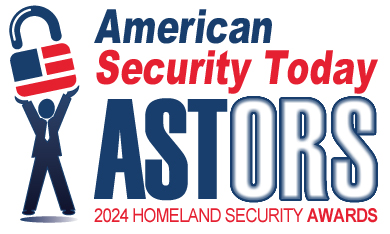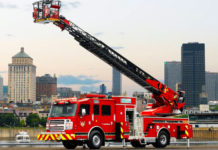Every day, callers telephoning U.S. Customs and Border Protection (CBP) ports of entry ask similar questions, “What can I bring into the U.S.?”, “Where can I find out what I can bring with me from home?” or “How much money can I bring?”
These callers learn there are many different types of items that may be brought into the United Stated and that you may bring as much money as you want, into or out of the U.S., as long as it is declared.
The travel section on CBP’s website, cbp.gov, provides answers to the above questions, plus information on many other topics concerning travel to the United States, including food items that are allowed, port locations, hours of operation, and port wait times.
(This video describes the things you should know about when traveling to international destinations and returning to the U.S. Courtesy of U.S. Customs and Border Protection and YouTube)
CBP officers at the port of Sweetgrass recently seized more than $40,000 in two separate cases after travelers arriving from Canada failed to declare the money they were bringing with them. The money was found during a secondary inspection of the travelers’ vehicles.
In another case, a traveler arriving from Canada failed to declare a large number of new shirts in retail packaging. The shirts, which were concealed in the traveler’s luggage, were determined to be commercial merchandise for sale.
In all three incidents, CBP officers seized the money and the shirts as a result of the travelers’ failure to declare, which violated various laws covering the importation of currency and the importation of commercial merchandise.
Sweetgrass Port Director Luca Furnare said, “These seizures could have been avoided, if the travelers had taken the time before they arrived at the port of entry to learn the requirements.”
According to the Know Before You Go guidance on the cbp.gov website, “You may bring into or take out of the country, including by mail, as much money as you wish.”
“However, if it is more than $10,000, you will need to report it to CBP.”
“Ask the CBP officer for the Currency Reporting Form (FinCen 105). The penalties for non-compliance can be severe.”
“Money” means monetary instruments and includes U.S. or foreign coins currently in circulation, currency, travelers’ checks in any form, money orders, and negotiable instruments or investment securities in bearer form.
If the traveler with the shirts had taken the time to call a CBP port of entry, a CBP officer would have explained that as a general rule, there is a significant difference between goods that a traveler brings into the U.S. for their own use and goods that someone brings in for commercial use, i.e., for sale. Note: Non-residents may not sell goods in the United States.
If you are bringing goods for sale or other commercial use into the U.S., you must declare them to a CBP officer. What happens next depends on a number of different factors.
Please see What You Must Declare, in the Know Before You Go section of the cbp.gov website for more information. The value of your goods is also a critical factor. If the total value is more than $2,500 – no matter what the items are – a formal entry may be required.
In some cases, CBP is able to donate items that are seized. The seized shirts were donated to the Great Falls Rescue Mission and will be used to clothe the homeless.
“One take-away I hope travelers get from this is to declare everything they are bringing with them,” advised Port Director Furnare.

















